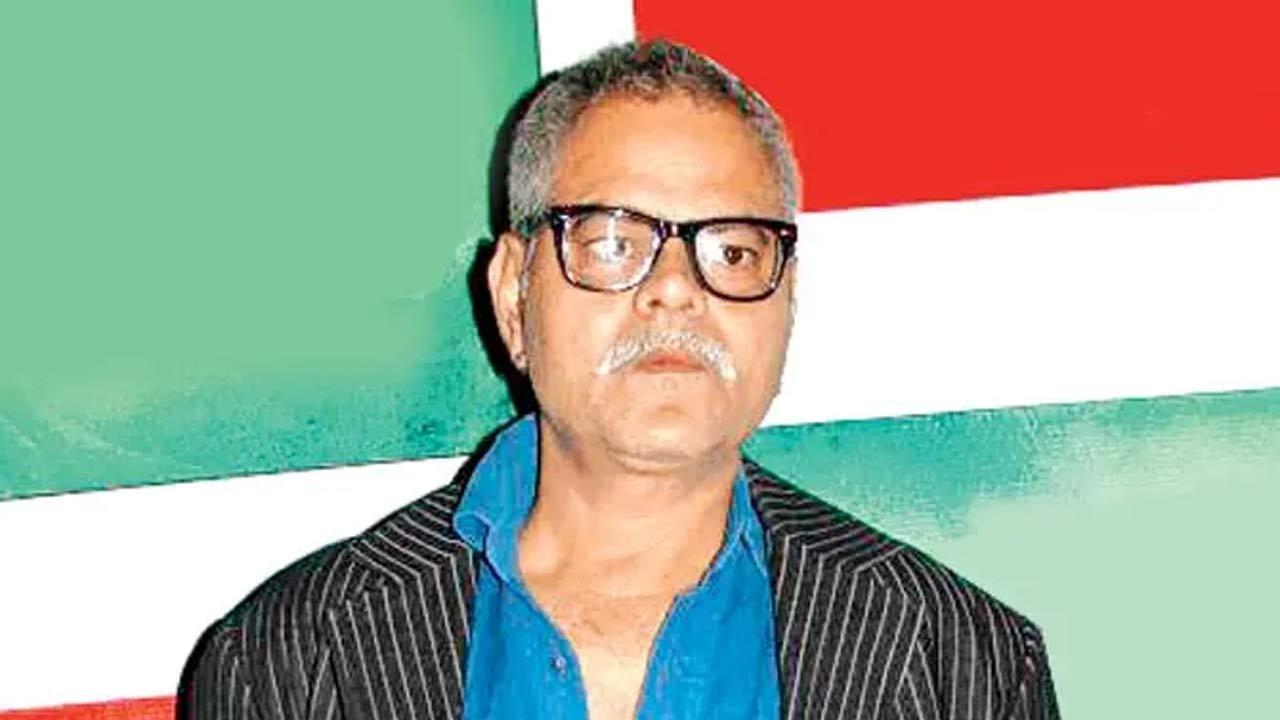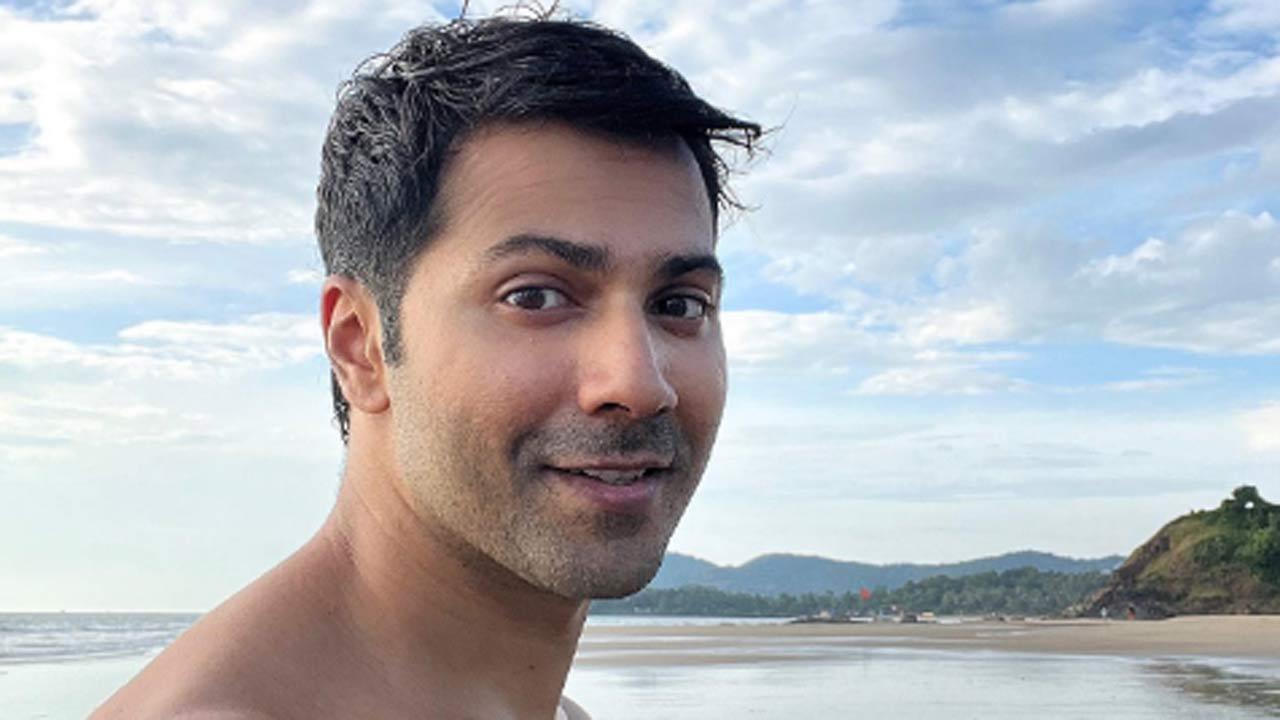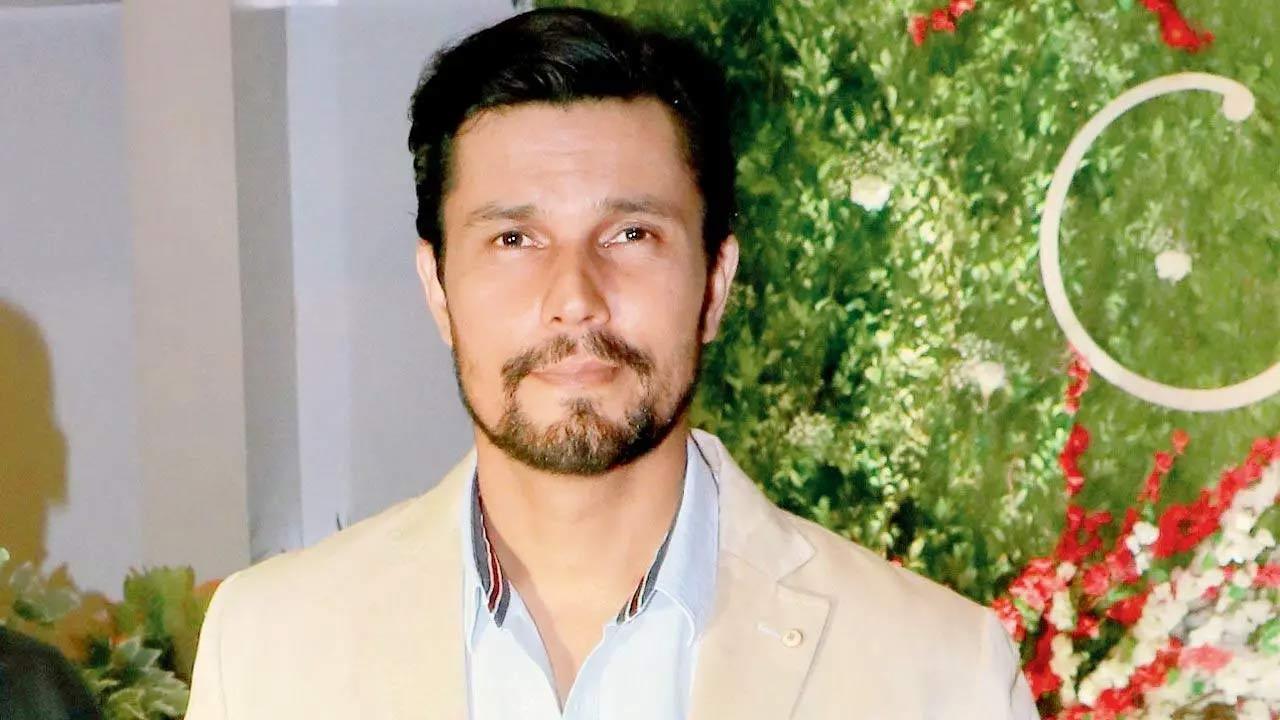
SPOILER ALERT: This article contains major plot details from the finale of HBO’s“ The Penguin ,” now streaming on Max. In the pantheon of television spinoffs of blockbuster films, “The Penguin” is an extraordinary achievement. The eponymous villain may be no Batman, but as played so deliciously by Colin Farrell and amplified by some truly remarkable prosthetics, few watching the show have time to think about the cinematic universe from which he came, much less miss it.
Even so, showrunner Lauren LeFranc concludes the season with a shot of the Bat-Signal looming over the Gotham skyline; after Oswald Cobb vanquishes his mob-family competitors and installs himself as an ally of city legislators, it serves as an ominous reminder that moving up the city’s criminal food chain only places him more directly in the Caped Crusader’s crosshairs. “We were searching for an elegant way to hand off our show to ‘ The Batman ,’” LeFranc tells Variety . “It felt correct to have the Bat-Signal to undercut him and say, ‘You have not made it to the top yet.
You are living in this fantasy, but there’s a real larger world out there.’’” That final shot was just one of many subjects discussed with LeFranc, Farrell’s co-stars Cristin Milioti and Deirdre O’Connell and executive producers Matt Reeves and Dylan Clark about the eighth and final episode of “The Penguin.” The HBO spinoff from 2022’s “The Batman” — which Reeves co-wrote and directed, and stars Robert Pattinson as Bruce Wayne — sets Oswald on a path to success and legitimacy, but at the cost of several people closest to him.
Among the victims of his social-climbing aspirations are mob matriarch Sofia Gigante (Milioti), whom he gets arrested; Oswald’s mother Francis Cobb (O’Connell), who suffers a debilitating stroke; and his young protege, Victor Aguilar (Rhenzy Feliz), whom he kills after receiving Vic’s help in overturning the city’s balance of criminal power. In addition to talking about the show’s twists and turns, and the losses and gains the characters experience in the finale, here, the five of them delve into the foundational ideas that set the show up for its considerable success , the character and story dynamics that made it such compelling viewing throughout the season, and the places that Reeves and Clark empowered LeFranc to go foward — not just to set up Reeves’ theatrical sequel to “The Batman,” which is going into production early next year, but to create a world equal to the franchise’s rich, gritty reality. Gotham City Limits In expanding Batman’s hometown to fit this expanding ensemble, LeFranc wanted to imagine a more granular portrait of Gotham in order to create a strong juxtaposition between the events of “The Batman” and “The Penguin.
” “We got to spend eight hours in Gotham City, compared to Matt’s film, which is around three,” she says. “We got to see specific neighborhoods like Victor’s; we saw where the Falcones live. We really got to tell a class disparity story.
Speaking about that feels very relevant to who Batman is as a character, knowing Bruce Wayne’s history — but also knowing where we ended Batman in the first film.” Reeves reveals that he originally intended to chronicle Oswald’s ascent in the follow-up film, but quickly realized that a show gave them the chance to tell his story in more detail without sacrificing its intended focus on, you know, Batman. “This is the first leg in getting him toward that dark aspirational goal of his becoming the kingpin, so we need him to have achieved a certain level of status,” Reeves says.
“We need there to be a gang war — an unexpected gang war — that puts him in a position of power.” Consequently, Reeves and his producing partner Clark offered loose boundaries for LeFranc to meet. “We were kind of like, ‘This is the beginning, and then this is broadly the end,’ with none of that being an obstacle to what the larger goal in illuminating who this and these other characters that Lauren wanted to focus on [are],” he adds.
“And then when you’re going into the movie, it’s not meant to be like, ‘Here’s a tease. We held this back.’ Now it’s more like he’s now achieved this level, so the next time Batman sees him, he’s going to be in this new place, and that’s going to mean he’s going to be more formidable in these ways.
” Clark says that “The Penguin” is meant to expand the landscape of stories told within Batman’s mythology, while also enriching those told about Batman himself. “HBO gives us an opportunity to build up the characters in our canon, the marquee characters like the Penguin,” he says. “In the movies, because the point of view is on the Batman, here we’re trying to build him up in ways that we just didn’t have the opportunity.
And once we go through that experience in the series, we bring him back into the movie — where he’s more formed in a known way.” “The key is to never make any of it feel like it’s hyper-dependent upon watching them all,” adds Reeves. “It won’t be the kind of thing where we’re teasing you because we want you to go to the movie.
That feels like you’re flicking the audience.” Starting From “The Sopranos and “Scarface” “We talked about the idea of somebody who would go to extreme lengths to achieve whatever success looked like to them — being revered, obtaining material status,” Reeves says about the show’s conception. “And the idea to do that was to do it in such a way where we’d be able to point to where the hole was in his soul that made that his goal.
” Having shepherded Bruce Wayne through a path toward hope in “The Batman,” he says he knew this story would remain tethered to Gotham’s dispiriting underpinnings at the end of his film, where the city not only remains a hotbed of criminal activity, but is also recovering from a flood that caused death and destruction. “We knew it would be a dark story, but Lauren found a way to go really, really, really dark,” he says. He and Clark credit Farrell for injecting humanity, and even humor, into Oswald’s plight.
“It was so exciting to have Colin, because he’s not going to play it in some kind of way that is going to be without that humanity,” Reeves says. “You look at him, you go, ‘I understand why he did that, and I can’t ever forgive him, but you’ve shown me that that evil is within [Oswald], the way it’s within all of us.’” Adds Clark, “Matt and I would constantly be amazed at just the sheer entertainment value of Colin reacting to driving.
It wasn’t meant to be comedy, but he owned that character in such a way, he possessed it in such a way, it just was entertaining.” Recognizing that “The Penguin” would tell “a rise-to-power story,” LeFranc says, attempts to lock down what drove Oswald led her to create the new characters around him. “I had to ask myself what Oz wants on a deeper level, because what power looks like to every person differs,” she says.
“I started to root it in something more emotional, and I created his mother for that reason. From there, I started to expand the universe and dig deeper into all the characters that I thought would fit into a psychological study of this man.” According to LeFranc, the resulting ensemble lent Oswald’s journey a necessary counterbalance, or even objectivity.
“You have to be able to give the audience other people’s perspective of that man,” LeFranc says. “Otherwise, our view of him is quite distorted — especially because Colin is so charming, we’ll believe everything that he says, and want to make excuses for his behavior. I didn’t want that.
” A Mother-Son Showdown The final episode opens with Oswald and Francis shackled in a room together, where Sofia forces a reckoning between them over a pivotal event from his childhood: the moment he abandoned his brothers to drown in the sewers of Gotham, and then lied to his mother about it for decades. Though this conversation between them was likely inevitable, O’Connell says that Francis is reluctant to clear the air, particularly in front of anyone. “I had a lot of talks with Lauren about that — how could she tell that truth in front of Sofia when she knows Sofia’s in the room?” O’Connell recalls.
“That fire that gets lit under her, particularly when he says, ‘That’s your sickness talking. That’s your disease talking.,’ I think that’s the point when something just opens up inside of her and all of the hatred and rage that she’s felt for all of those years for what he did bursts out.
” LeFranc stresses that despite Oswald’s capacity for lying, he believes he is an honest character who says “whatever he feels is his truth. The way he views the American Dream, for instance, is very realistic and practical in a lot of ways, in terms of how he speaks to Victor about taking up space. There can be positive things about Oz feeling like he’s an underdog and his desire to be loved by the greater community of Gotham — and of course by his mother.
” As vividly — even occasionally sympathetically — as she has fleshed him out, LeFranc doesn’t spare criticism of his actions, but she acknowledges that he is a delusional person. “There’s a number of things that happen in the finale that he justifies or that we reveal have transpired prior that he has to believe, for his own self, had merit.” Though the atrocities Oz committed as a child are unforgivable, O’Connell says that Francis isn’t absolved for her role in shaping, and perhaps inspiring, him.
“I think she can’t help but feel responsible on some level — how could you not — that she built him into this creature who could possibly do what he did,” she says. “Then, the secret pact she makes with herself is, ‘I will devote my life to caring for this bad seed in some way.’” As she sees it, Francis hoped to both corral him and empower him on her behalf.
“I think maybe she has the fatal flaw of thinking that she could control it,” O’Connell continues. “She wants some feeling of visibility and of not being as humiliated by the world, so she’s building him to become this creature that can get all that for them, and then he oversteps it like 400 degrees — and that’s when you go from being a hero to a villain.” Killing Your Darlings Perhaps the episode’s most heartbreaking moment occurs near its conclusion, when Oswald kills his young protégé Victor as the crime lord prepares to embrace his newfound legitimacy in Gotham.
After the attention that Oswald has shown Vic throughout the season — and the young man repeatedly demonstrates his commitment to helping his mentor achieve his goals — the murder feels especially shocking. LeFranc says it was a story choice she came up with at the beginning of the creative process to echo a well-known relationship from Batman mythology while highlighting Oswald’s unique psychology. “When I created Victor, I did start thinking about Batman and Robin, and how a guy like Oz could use a Robin, in his way,” she says.
“But at the same time, knowing that in crime stories it’s very common for older men to groom younger men, they tend to find young men who have a void within them.” LeFranc explains this is why she killed off Victor’s parents: giving him a lack of attention, even love, for Oswald to fill. “I also wanted to create a character like Victor, who is a good person and who is representative of other people in Gotham that you didn’t get to see in the film,” she says.
“But I constructed him always knowing that he needed to die, because I needed to have the audience understand Oz in a darker, newer way they hadn’t already.” LeFranc reveals that she told Feliz about his character’s fate on the first day they met. “In retrospect, that might’ve been a brutal way to do it,” she admits.
“But it felt important for me to give Rhenzy a sense of who Victor was throughout, and then also for him to understand why his relationship on a deeper level for our show was so important to Oz.” She credits Feliz’s thoughtful, tender performance for amplifying that feeling of tragedy and loss that follows Oswald’s choice. “I remember so many moments watching him on set being like, as crude as this might sound, ‘This is going to work, because I love him and he’s going to break my heart’ — and I hope that means he breaks other people’s hearts, in that terrible moment.
” Family Connections If it’s not the final part of Oswald’s plan, it’s the most effective: He betrays Sofia Gigante yet again, landing her back in Arkham Asylum — where, to be fair, she may actually have earned a legitimate place this time, after killing the rest of her family and setting off a bomb in the catacombs beneath Gotham to kill Oswald. “When I first signed on, in our initial big, long phone call, she was like, ‘Hey, here’s how it goes for you,’ which is pretty devastating,” Milioti says “It’s a fate worse than death.” As Sofia languishes under the dubious protection of Dr.
Julian Rush (Theo Rossi), she receives an unexpected letter from a half-sister she didn’t know she had: Selina Kyle (Zoë Kravitz), who revealed in “The Batman” that she’s the daughter of Carmine Falcone. As obliquely as it references the character of Catwoman, this moment is one of the biggest callbacks to “The Batman.” “I love that connection,” says Milioti.
LeFranc says Kyle didn’t come up (even offscreen) before because she “wasn’t able to use” the character in the show, but her absence ended up better serving Sofia’s character. “I think it was to the benefit, because with Sofia, for instance, she was given a lot more room because we didn’t have so many other characters from the film,” LeFranc says. “It’d be easy to get caught up in that, and then push other characters that I find really interesting aside.
” Milioti declined to share the contents of the letter — which LeFranc wrote — but she says “it had enormous meaning to me...
in the way that you become close with who you’re playing.” Underscoring her uncertainty (or secrecy) about whether or not her character would appear in the upcoming sequel, Milioti demurred on whether Sofia’s smile after reading the letter was related to what’s to come in “The Batman Part II.” “I think it’s about hope, which is not something she’s terribly familiar with.
” LeFranc highlights that the expansion of Sofia provided a character she hadn’t previously encountered in “Batman” (or any other) comics, and she’s excited to see how viewers, much less other storytellers embrace her going forward. “In comics, I didn’t have a character like Sofia when I was younger, and even as an adult, I’ve had a few female characters that I’m like, ‘Damn,’” she says. “The joy, in part, of getting to be a part of this universe is to create new canon and to then let it out into the world, and other people get to have that character mean something to them.
” “I love playing her,” Milioti adds. “She’s just getting started. The timeline of this show is only, I think, a couple weeks — maybe it’s like a month or something.
And so when you think about how long she has as this villain, it’s not long. But that’s also part of what’s so tragic about what happens at the end of the series. So I certainly want to see her, you know, wreak more havoc.
” The Beginning Is the End Is the Beginning As the episode comes to a close, Oswald has risen to power. But at what cost? He’s surrounded himself with the few people whose loyalty he can believe — or perhaps afford. He pays his lover, Eve (Carmen Ejogo), to dress like his mother and tell him she’s proud of him.
LeFranc explains that Francis’ validation has motivated him since the beginning, but acquiring it, even second-hand, reveals something deeper that has been permanently been broken in him as a result of everything he chose, and experienced, to secure to his new station in Gotham’s hierarchy of power. “He’s been driven this entire show to make his mother proud, and in the very beginning of the finale, we hear the complete opposite — she thinks he’s the devil, and she wounds him,” she says. “From that point on, he’s in denial of that physical and emotional wound that she’s given him.
” “When he loses Francis, when he realizes she can’t ever wake up and say, ‘I’m proud of you,’ he has to live with the consequences of his own actions, that devastates him in a very deep way,” she continues. “Yet, from from the fact that he nearly lost everything as a result of his love for his mother, he sits with Victor, who Oz cares for, and he kills that kid.” The Dark Nights Return At the end of “The Batman,” Bruce Wayne has discovered that vengeance isn’t a sustainable motivation for crime fighting — not least of which because his violent retribution on Gotham’s criminals has only given rise to more violence.
Yet even if Batman is aspiring to something more positive, even heroic, it’s likely that his epiphany will be met with even more villainy. “He completely misses that he’s actually inspired other violence within the city with the Riddler,” Reeves says. “So if Batman is going to make a difference in this place, he’s going to have to evolve.
But the Penguin is a mid-level guy reaching for the top, and what is he going to do to get there? That is a dark arc. There’s not a lot of hope in what Penguin is after.” LeFranc insists she isn’t privy to the details of what will unfold in the upcoming sequel, but Reeves reveals that “The Penguin” opens the door for more spinoff sagas.
“The idea of the series was to be able to dive into the rogues’ gallery and to give them the origins that we’re not able to give them in the movie, so that when they come back into the movie, those characters are more formed,” Reeves says. “And we are talking about doing that with other characters as well.” Batman Returns During initial discussions of the series, LeFranc says she had conversations with her collaborators on whether the Penguin’s biggest foe would make an appearance.
“We talked about earlier, in breaking the season, ‘Should Batman be in the show?’ And especially because I had arced all the characters emotionally, it was like, ‘Where would he fit that wouldn’t suddenly make it all about him?’” she recalls thinking. The idea that Batman could overshadow Oswald’s story was something she wanted to protect the series from, in part because her main character would especially have hated it. “Oz would be pissed if I suddenly gave the story to the Batman.
” Despite that, she says that “it felt correct” to end with the shot. “I wanted to again highlight that Oz is delusional,” LeFranc reiterates. “He lives in his own universe.
He believes he made it, even though we see the flaws and the cracks in what his aspirations are and what he believes. [But] now, Oz has achieved a level of status that merits Batman’s attention. That’s the feeling that I hope you’re left with, and my job has also been to get people excited about the second movie, more than they already were — if possible.
” Adam B. Vary contributed to this story.














